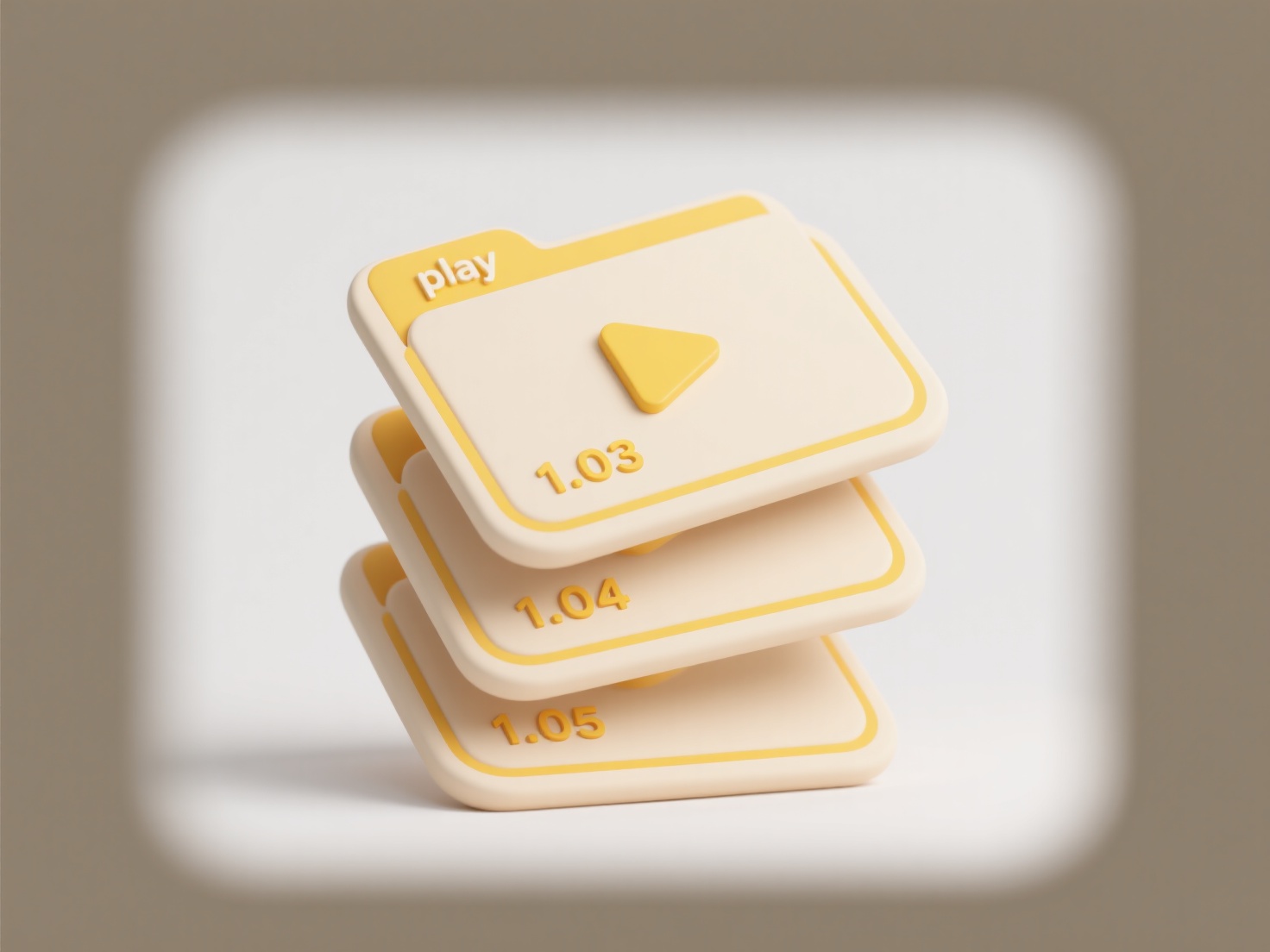
Phone compatibility issues occur when a device or its software lacks the necessary components to interpret a specific file format. Common causes include an unsupported format (e.g., a Photoshop PSD file), a missing application designed to handle that format (like a specialized CAD viewer), or corruption within the file itself. Your phone may not have the required codecs for video/audio formats, possess permissions to open the file, or support the file's advanced features. This differs from simply downloading a file, as opening requires specific software interpretation.

For example, trying to open a complex AutoCAD DWG file often fails on a phone without engineering software installed, common in architecture or construction fields. Similarly, a business user might receive an email with a Publisher PUB file attachment, but find their phone lacks any app capable of rendering that Microsoft layout format. Professional or highly specialized file types are most prone to these mobile limitations.
While modern phones support many common formats (PDF, DOCX, JPEG, MP4), limitations remain for niche, outdated, or proprietary file types requiring specific desktop software. This necessitates installing dedicated apps or converting files to mobile-friendly formats beforehand. Future OS updates and cloud-based file viewers may mitigate this. Widespread reliance on mobile devices continues to drive demand for broader native format support across platforms.
Why can't I open this file on my phone?
Phone compatibility issues occur when a device or its software lacks the necessary components to interpret a specific file format. Common causes include an unsupported format (e.g., a Photoshop PSD file), a missing application designed to handle that format (like a specialized CAD viewer), or corruption within the file itself. Your phone may not have the required codecs for video/audio formats, possess permissions to open the file, or support the file's advanced features. This differs from simply downloading a file, as opening requires specific software interpretation.

For example, trying to open a complex AutoCAD DWG file often fails on a phone without engineering software installed, common in architecture or construction fields. Similarly, a business user might receive an email with a Publisher PUB file attachment, but find their phone lacks any app capable of rendering that Microsoft layout format. Professional or highly specialized file types are most prone to these mobile limitations.
While modern phones support many common formats (PDF, DOCX, JPEG, MP4), limitations remain for niche, outdated, or proprietary file types requiring specific desktop software. This necessitates installing dedicated apps or converting files to mobile-friendly formats beforehand. Future OS updates and cloud-based file viewers may mitigate this. Widespread reliance on mobile devices continues to drive demand for broader native format support across platforms.
Quick Article Links
Can I integrate renaming into my file workflow?
Renaming integration refers to automating file name changes within an existing file management process, rather than perf...
Can I define file naming templates by user role or department?
Yes, you can often define distinct file naming templates based on user role or department within specialized systems. Th...
What file naming conventions reduce conflicts?
File naming conventions are standardized rules for labeling files that minimize conflicts by making each name unique and...